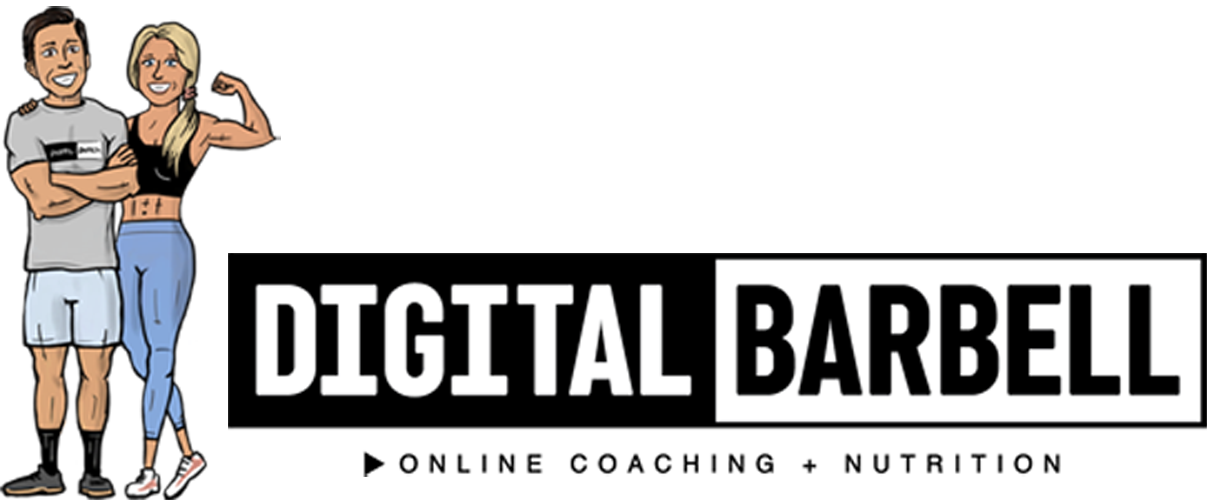Nutrition and Training Questions
On this week’s podcast, we got some great questions from our listeners. Below you’ll find the questions, along with short version of our answers.
If you’d like to watch the full episode on YouTube, click HERE.
You can also listen on Apple Podcasts HERE, or on Spotify HERE.
1. How long should I spend at calorie maintenance before doing a reverse diet?
Answer: If you’re eating at calorie maintenance, you’ve already done a “reverse diet”. The process of going from a calorie deficit to maintenance is the reverse diet.
If you've been in a large deficit (500+ calorie deficit), you should transition to maintenance faster. Especially if biofeedback like motivation, sleep, and sex drive are low.
If you've been in a smaller deficit (300-500 calorie deficit), go slower with the transition. Add 100 calories per week until you stop losing weight.
If you’re already at calorie maintenance and want to build new muscle, add 10% to your maintenance calories, and listen to this podcast: https://youtu.be/Y9ZPAqiypmY
2. I like the way my arms look now, but I don’t want them to get bigger or bulky. Any thoughts on how to adjust my training?
Answer: First, dial in your nutrition to your maintenance calories.
Then, pull out about 50% of your direct arm training volume, but keep the intensity high on the remaining exercises. These would be isolation exercises like curls, tricep extensions, lateral raises, etc.
Focus on keeping compound arm exercises like rows, pull-ups, and presses in your routine.
Take measurements and progress photos to monitor progress.
3. Barbell curls are aggravating my elbow (tennis elbow). Do you have ideas for substitutions other than dumbbell curls?
Answer: Be careful with tendinitis; it's tough to heal if it becomes severe. Don’t try to power through it.
Consider these substitutions:
Blood Flow Restriction (BFR) bands with light dumbbells. —>HERE<— are the ones we use.
Curls with bands that have handles on them. Try not to grip the handles.
Rows (especially if elbow-friendly)
Use lifting straps to reduce grip strain. —>HERE<— are some you can buy.
Drag curls, which are less intense on the elbows. —>HERE<— is a demo.
4. I listened to one of your podcasts about fiber and I’m sold. What are your favorite high-fiber foods?
Answer: Great to hear! Here’s a quick refresher on why fiber is so important: Soluble fiber binds to bile acids in your digestive system. These bile acids, made in your liver, help absorb fat. When fiber binds to them, it helps lower blood cholesterol because your body uses cholesterol to replace those bile acids.
We recommend aiming for 25+ grams daily for women and 35+ grams for men. Here are some fiber-rich foods we love:
Black Beans: ~15 grams per cup (cooked)
Lentils: ~15.6 grams per cup (cooked)
Apples: ~4.4 grams per medium apple
Chia Seeds: ~10 grams per 2 tablespoons
Raspberries: ~8 grams per cup
Carrots: ~3.6 grams per cup (raw, chopped)
Nutritional Yeast: ~5 grams per 2 tablespoons
Mission Low-Carb Tortillas: 8-15 grams per tortilla
If you have any questions, feel free to send us a message on Instagram: You can find our account HERE.
Thanks for reading!
Jonathan & Blakley
P.S. - If you need a 2-week kickstart for your health and fitness, check out our Free 2-Week Turnaround. You can do this!

